Flowers have long been cherished for their vibrant colors, delicate shapes, and ability to brighten any space. Yet, watching those fresh blooms fade away so quickly can be heart-wrenching. How do you hold on to their natural beauty a little longer? With flower preservation techniques, you can transform fleeting moments into keepsakes that last a lifetime.
This guide explores different ways to preserve flowers, from traditional air drying to modern methods like epoxy resin. Whether you’re looking to keep a special bouquet or use dry flowers for creative projects, these methods will help capture the beauty of your blooms for years.
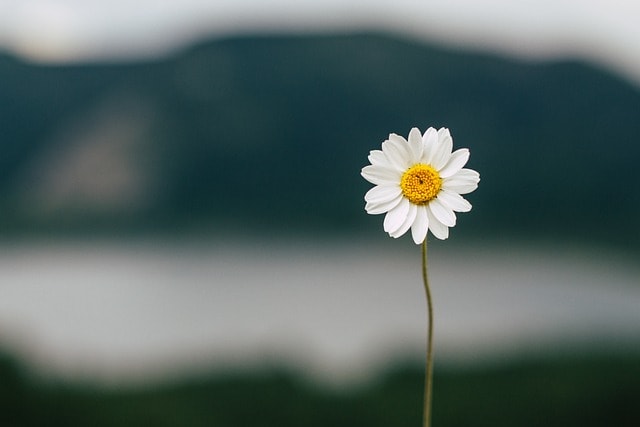
Understanding Flower Preservation
Preserving flowers is a time-honored practice, whether it’s to hold onto a wedding bouquet or enjoy the beauty of vibrant blooms long after their season.
Flower preservation involves using techniques that retain a flower’s color, shape, and texture while removing all moisture. This includes methods that allow encapsulation and displaying of flower petals in resin. With the right methods, your flowers can truly become eternal blooms. From air drying to resin preservation, this guide covers it all.
What is Flower Preservation?
Flower preservation is the art of maintaining the beauty and freshness of flowers for an extended period. By using various techniques, you can prevent the natural decay of flowers, allowing them to be enjoyed for years to come. Whether you want to keep sentimental blooms from a special occasion, create decorative arrangements, or simply enjoy the beauty of fresh flowers for longer, preserving flowers offers a way to capture their essence and prolong their life.
Benefits of Preserving Flowers
Preserving flowers comes with a host of benefits that go beyond just keeping them around longer. Here are some key advantages:
-
Keeping Sentimental Blooms: Whether it’s a wedding bouquet, anniversary flowers, or a gift from a loved one, preserving flowers allows you to hold onto those special memories for years to come.
-
Creating Decorative Arrangements: Preserved flowers can be used to craft beautiful and unique decorative pieces that add a touch of elegance to any room. From wreaths to framed art, the possibilities are endless.
-
Enjoying Fresh Flowers for Longer: By preserving flowers, you can continue to enjoy their beauty long after they have naturally wilted. This means you can keep your favorite blooms looking fresh and vibrant.
-
Reducing Waste: Instead of discarding flowers once they start to fade, preservation allows you to reuse and repurpose them, reducing waste and making the most of your floral investments.
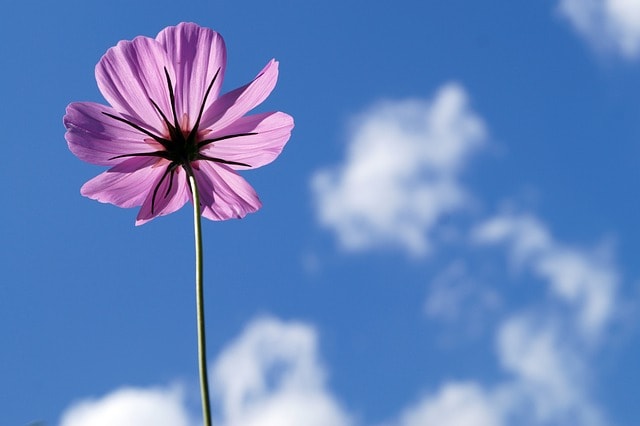
Preparing Flowers for Preservation
Before you begin, preparation is key to successful preservation. Follow these steps to set your flowers up for lasting beauty.
1. Choose the Right Flowers
For the best results, choose flowers with sturdy petals and low moisture content. Flowers like roses, lavender, and baby's breath are excellent candidates for preservation.
2. Strip Excess Foliage
Remove excess leaves from the stems to prevent rotting during the drying process. This step will also make handling the flowers easier.
3. Trim and Hydrate
Cut each flower stem to your desired length, but ensure they’re no shorter than six inches. Place the flowers in a vase with 1.5–2 inches of water and allow them to hydrate for a few hours before starting the preservation process.
Removing Excess Moisture
Removing excess moisture is a crucial step in preserving flowers. Moisture can cause flowers to decay and lose their shape, so it’s essential to eliminate as much of it as possible before starting the preservation process.
There are several effective methods for removing moisture, including air drying, pressing, and using desiccants like silica gel. Each method has its own advantages and is suitable for different types of flowers and desired outcomes.
Drying Methods for Flowers
Here are some common techniques to make your fresh blooms last longer. Each method has unique benefits, depending on how you'd like to display or use your flowers.
Air Drying Flowers
Air drying is one of the simplest and most popular flower preservation techniques.
-
Step 1: Bundle flowers with a rubber band and hang them upside down in a well-ventilated area.
-
Step 2: Keep them away from direct sunlight to preserve their color.
-
Step 3: Allow them to dry completely over two to three weeks.
Incorporating flower stems in the air-drying process can enhance your home decoration and DIY projects, making them perfect for creating arrangements and displays.
Traditional Hanging Method
The traditional hanging method is a time-honored technique for air-drying flowers. This method is simple and effective, making it a popular choice for preserving delicate blooms. Here’s how to do it:
-
Bundle the Flowers: Gather your flowers into small bundles and secure them with a rubber band or string.
-
Hang Them Upside Down: Find a dry, dark place with good ventilation, such as an attic or a closet. Hang the bundles upside down from a hook or a clothesline.
-
Wait for Them to Dry: Allow the flowers to air dry for several weeks. The lack of moisture and light will help preserve their color and shape.
Speedy Air Drying with a Fan
If you’re looking for a faster way to air dry your flowers, using a fan can speed up the process. This method is ideal for more robust flowers that can withstand a gentle breeze. Here’s how to do it:
-
Arrange the Flowers: Place your flowers on a drying rack or a mesh screen, ensuring they are spread out evenly.
-
Set Up the Fan: Position a fan so that it blows gently over the flowers. Make sure the airflow is not too strong, as this can cause the flowers to become brittle.
-
Monitor the Drying Process: Check the flowers regularly to ensure they are drying evenly. Depending on the type of flowers and the fan’s strength, they should be completely dry within a few days to a week.
By following these methods, you can effectively remove excess moisture from your flowers, setting the stage for successful preservation.
Pressing Flowers
Pressing flowers has been a cherished craft for generations, creating stunning pressed flower pieces perfect for framing or art projects.
-
Step 1: Remove excess foliage and arrange the blooms between pieces of parchment or wax paper.
-
Step 2: Place the paper between the pages of a heavy book.
-
Step 3: Weigh the book down with additional items (like other books) and leave them for about two weeks.
Drying Flowers with Silica Gel
For those looking to maintain vivid colors and shapes, silica gel is a fantastic option.
-
Step 1: Place a layer of silica gel, about an inch deep, in an airtight container.
-
Step 2: Carefully place the flowers in the container and gently pour more gel over the petals until completely covered.
-
Step 3: Seal the container and leave it undisturbed for three to seven days.
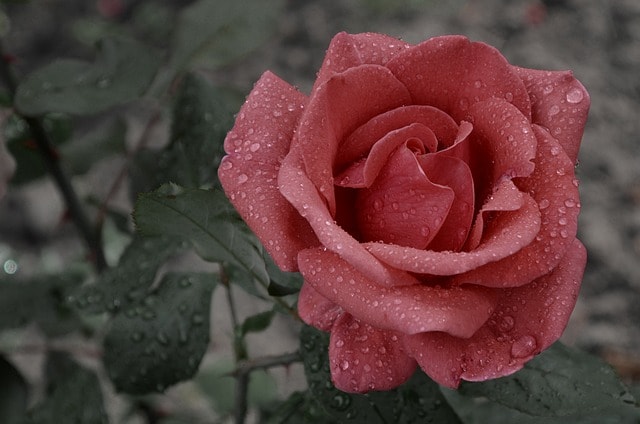
Alternative Preservation Methods
If traditional drying methods don’t fit your style, some modern techniques might be just what you're looking for.
Preserving Fresh Flowers in Resin
Epoxy resin can encapsulate your flowers forever while maintaining their vibrant colors.
-
Place dried flowers in a mold of your choice.
-
Pour resin over the flowers, ensuring no air bubbles remain.
-
Allow the resin to cure as per the manufacturer’s instructions.
This method is perfect for creating keepsakes like paperweights or functional pieces such as coasters.
Wax Dipping Preservation
Wax dipping is another unique way to preserve flowers while retaining their soft appearance.
-
Melt paraffin wax or soy flakes in a double boiler.
-
Dip each flower entirely into the hot wax, ensuring an even coating.
-
Hang the flowers upside down to cool.
Glycerin Preservation
Preserving flowers with glycerin maintains their soft texture and pliability.
-
Mix a solution of one part glycerin to two parts warm water.
-
Submerge the stems in the solution, ensuring they absorb it fully.
-
After a few weeks, remove the flowers and dry them carefully.
Freeze Drying Flowers
Freeze drying is one of the most advanced preservation methods, perfect for special occasions like wedding bouquets.
-
Chill flowers in a refrigerated chamber.
-
Apply vacuum pressure to remove all moisture while retaining shape and color.
This process requires specialized equipment but results in breathtaking, long-lasting flowers.
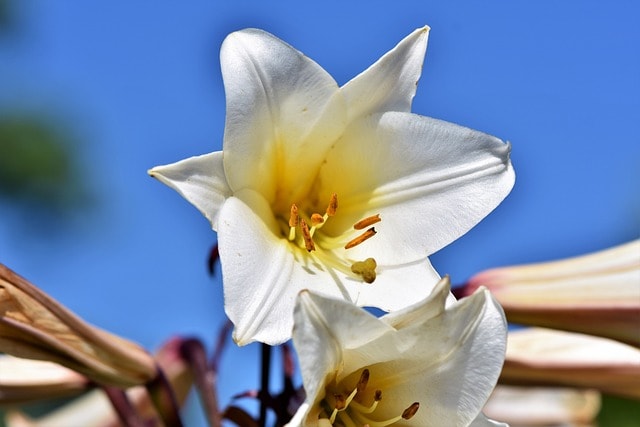
Creative Projects with Dried Flowers
Once your flowers are preserved, there are endless possibilities for how you can use them.
Decorating Your Home
-
Arrange dried flowers in a rustic vase for timeless decor.
-
Use them to create seasonal wreaths or garlands.
-
Add them to potpourri for a fragrant and visually appealing display.
DIY Art Projects
-
Frame-pressed flowers for a personalized piece of wall art.
-
Create botanical imprints by placing dried flowers onto air-dry clay.
-
Incorporate flowers into resin crafts for keepsakes or jewelry.
Preserving Special Occasion Blooms
Memories associated with significant life events, such as weddings or anniversaries, can be captured in the form of preserved flowers.
When choosing a preservation method for your wedding bouquet or other special arrangements, consider the flower types and final display. For instance, use silica gel for preservation or resin to turn flowers into decorative keepsakes.
Pro Tips and Tricks
-
Always work in a well-ventilated area, especially when using chemicals like resin or glycerin.
-
Spray dried flowers with unscented hairspray for extra durability before displaying them.
-
Ensure flowers are completely dry before beginning any preservation process to prevent mold.
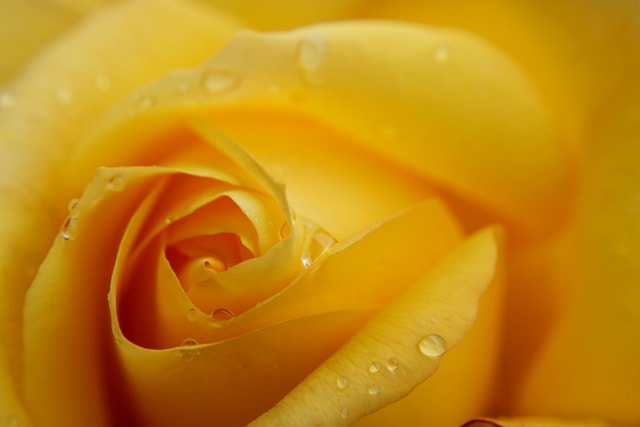
Make Your Blooms Eternal
Flower preservation opens up a world of creativity and sentimentality. With the right method, you can cherish the beauty of your favorite flowers long past their usual shelf life.
Whether you’re preserving a wedding bouquet, creating floral artwork, or simply enjoying dried flowers’ rustic charm, there’s a preservation method perfect for you.
Start experimenting with these techniques to make your blooms last forever. Your favorite flowers deserve nothing less!
Resources for Flower Preservation
-
How to Preserve Flowers at Home - DIY Guide - Learn step-by-step techniques for preserving flowers using simple tools and materials available at home.
-
The Science Behind Flower Preservation - Dive deeper into the science and processes involved in various preservation methods.
-
Best Flower Preservation Supplies - Discover recommendations for the best tools and supplies to achieve professional results.
-
Creative DIY Resin Flower Projects - Get inspired with unique ideas for turning preserved flowers into beautiful resin keepsakes.
-
Using Glycerin for Flower Preservation - Learn how to keep flowers soft and pliable with this unique preservation method.
-
DIY Dried Flower Arrangements - Find creative ways to design stunning arrangements using your preserved flowers.
-
Working with Encased Flower Jewelry - Get tips on crafting beautiful jewelry pieces with preserved flowers encased in resin or glass.
-
Seasonal Flower Preservation Ideas - Explore techniques and inspiration for preserving flowers throughout different seasons.
These resources will guide you through the process, ensuring you're equipped to preserve your blooms beautifully and effectively. out how glycerin can maintain your flowers' color and texture for years to come.

